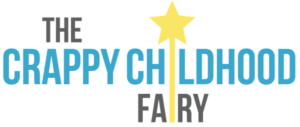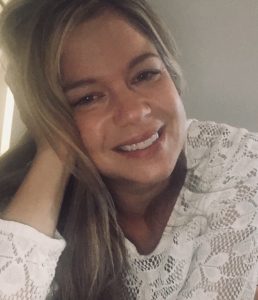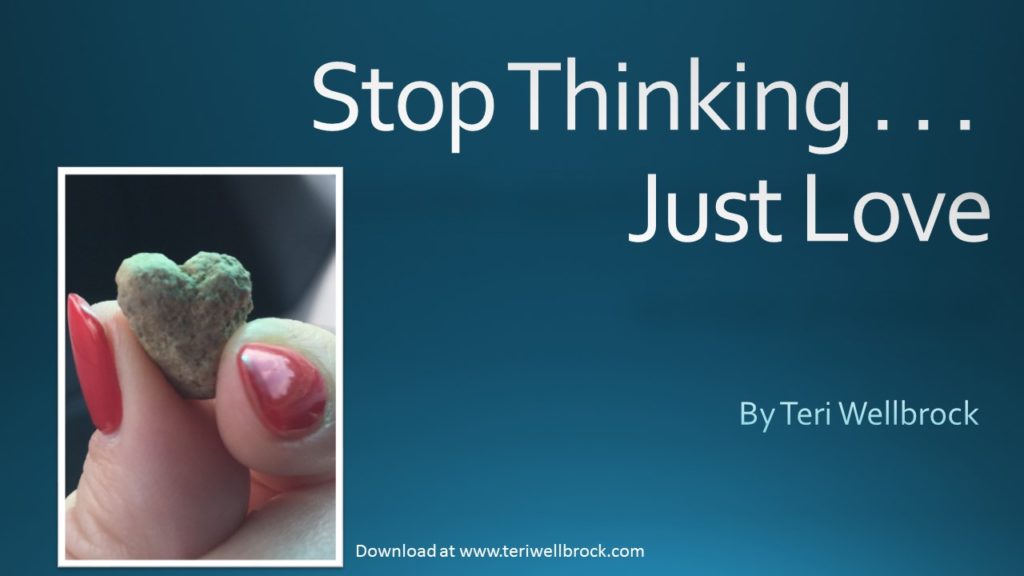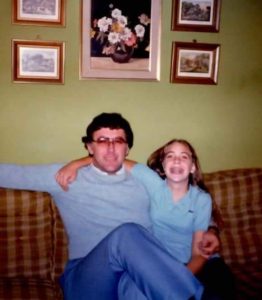A friend of mine is a therapist, working with adults/teens in the Greater Cincinnati area, and one of her specialties in DBT or dialectical behavior therapy. I decided an interview with her would be a great addition to this newsletter. Thank you, Lauren O’Keefe, MS, for sharing your brilliant DBT insights with us.
1) What exactly is DBT?
This is such a common question! My immediate thought, “Um, DBT is DBT, what do you mean!” But, in all seriousness, it refers to “Dialectical Behavioral Therapy.” It is a life changing treatment modality pioneered by the fantastic Marsha Linehan.
DBT focuses on high sensitivity and high reactivity to triggers. It focuses and can address so many things.The main focus is to target parasuicidal and suicidal behaviors. It’s also one of the only effective and research-based treatments for borderline personality disorder and eating disorders. It assists with allowing opposite and dialectical functioning to be true. For an example: “You can be scared AND strong.” Or, “ You can be trying your best AND still need to do better.” DBT is all about acceptance, peace and non judgment.
DBT is effective when the treatment as a whole is being followed. This treatment includes group therapy, individual therapy and phone coaching components.

2) Are therapists all trained in it or is it a specialized modality?
Like most modalities, you can do either. In order to specialize, you must demonstrate proficiency. This includes but not limited to: frequent trainings, research, frequent practice of the skills, etc.
If you decide to certify rather than specialize, the certification process is extensive for this modality. It is one personally I am preparing for. I currently identify as highly specialized, with over 2 years of DBT use and experience.
To certify you must complete all 4-5 separate trainings that are each 1-2 day trainings. You must read the CBT for Borderline Personality Book, and lead a year of DBT groups. Among this, you must ask participate in the DBT consult teams, acquire a letter of recommendation, and sit for the exam. These guidelines can change; but, when I last researched this, this is what I found. As extensive as it is, I respect it. It ensures the integrity of the treatment program and those practicing it.
3) Why should someone consider DBT?
Why wouldn’t you consider it? That’s the true question! Yes, it targets parasuicide and suicide behaviors. It also can address a slew of issues such as: interpersonal instability, distress tolerance, emotion regulation, anxiety of any degree, depression, bipolar disorder, eating disorders, obsessive compulsive disorder. It can also assist with trauma symptoms and providing a large amount of stability skills for those dealing with PTSD. The uses for this treatment are endless. It can be used for just about any clinical problem or concern.
4) How long does it take to notice a therapeutic impact?
This is a very hard question to answer for any counseling approach. The effectiveness and improvement times are determined by client commitment. If you work in sessions and are committed to progress- in and out of appointments- then one can see progress within a few months. But, this is highly dependent on the patient.
5) What is a typical session like?
A typical session is like a traditional therapy session, the only difference is we have a whole binder of skills we weave into the sessions and teach to assist the patient in acquiring, generalizing and strengthening. DBT differs in that it requires group therapy to be effective. The Groups assist with faster skill acquisition and they function as a skill classroom. Without the groups, progress can be slower in my opinion.
6) Do you assign homework to clients?
ABSOLUTELY!!!! DBT group and individual rely heavily on homework and patient accountability. If they don’t commit, progress is stagnant.
As a therapist, we have an easy job so to speak. We teach and guide. Patients have the hard job, they have to put it into action. You cannot expect things to get better if you do nothing to change the circumstances. Homework forces the circumstances to change— and boy do they! Trust the work!
7) What are some goals a client might seek to attain while utilizing DBT?
One we use as a blanket goal is: “Create a life worth living.” This leaves it up to the patient to self direct. Trouble with panic attacks? Trouble with maintaining friendships? Trouble with boundaries? Self harming? Done done done! DBT has got your back! You are the driver! You tell us what your perfect life would be, and we help you create and achieve it.
In order to get through hell, you have to go through hell, and once you’re free, you are free. Trust the journey.
Hope this helps!
Please remember:Healing is possible and you are so very worthy of that gift!
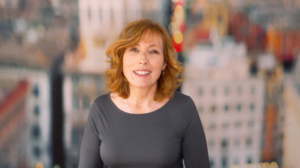 Welcome to The Healing Place Podcast! I’m your host, Teri Wellbrock. You can listen in on iTunes, Blubrry or directly on my website at www.teriwellbrock.com/podcasts/
Welcome to The Healing Place Podcast! I’m your host, Teri Wellbrock. You can listen in on iTunes, Blubrry or directly on my website at www.teriwellbrock.com/podcasts/
